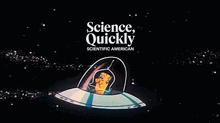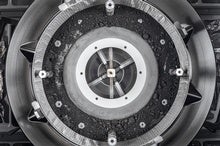 |
| February 08, 2024 |
This week, we're realizing that the tiny gray orb swimming into view ahead of our spacecraft is no moon; it's an oceanic world. Our lead story this week discusses a newfound—and shockingly young—ocean beneath the icy crust of Mimas, a small moon of Saturn that bears a more-than-passing resemblance to the Death Star from Star Wars. The implications are at least as deep as the unplumbed abyss of Mimas itself, and reinforce an ongoing paradigm shift in our understanding of the prospects for habitability and life in the frigid, starlight-starved outer expanses of planetary systems. Elsewhere this week, we have stories about sex in space, glorious new images of Jupiter's hypervolcanic moon Io, major workforce setbacks for NASA's Mars sample-return plans, and much, much more. Enjoy! |
| |
 |
| |
| |
| |
| |
| |
| |
| |
| |
| |
| |
| |
| |
| |
| |
| |
LATEST ISSUES
 |
| |
| Questions? Comments?  | |
| Download the Scientific American App |
| |
| |
























